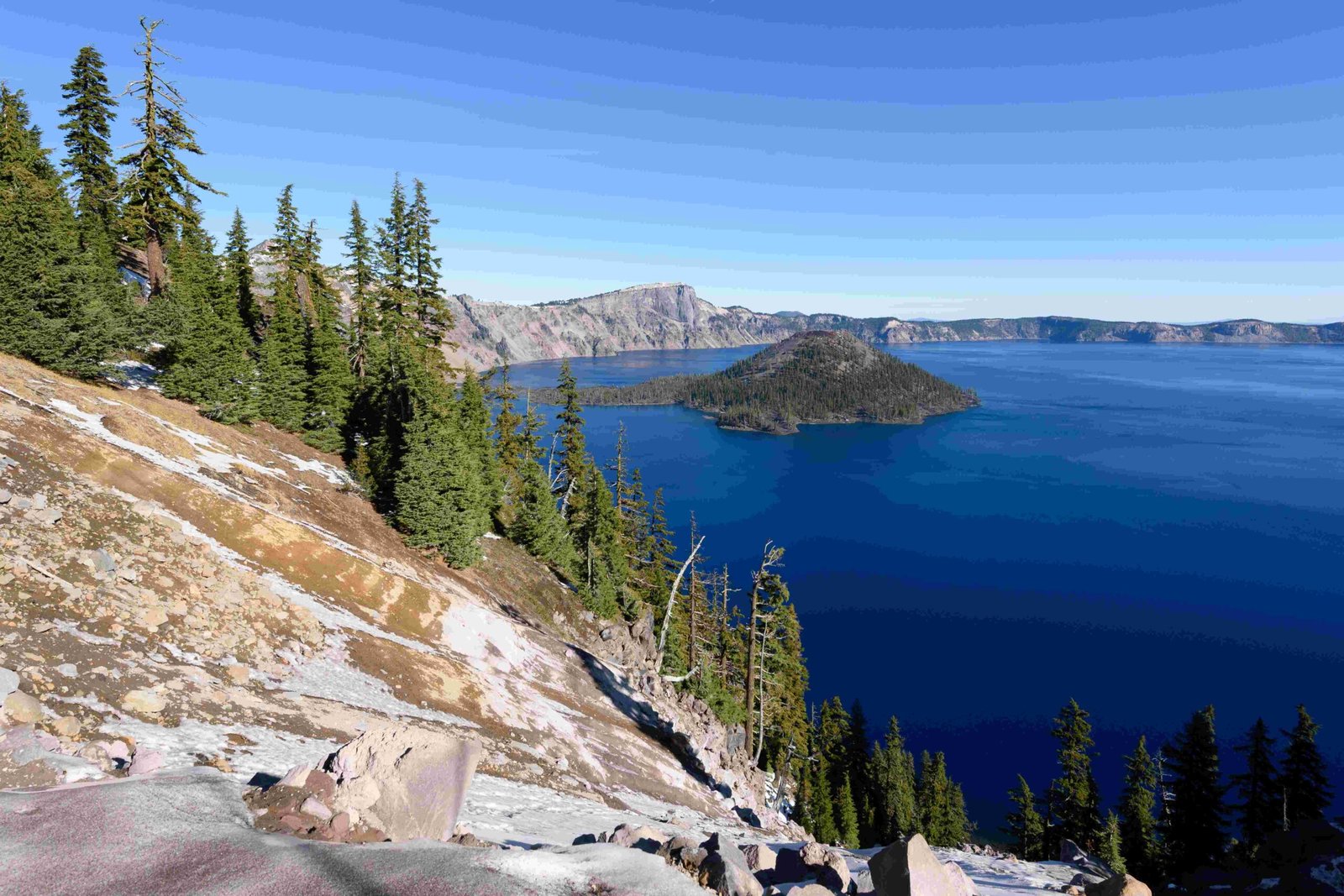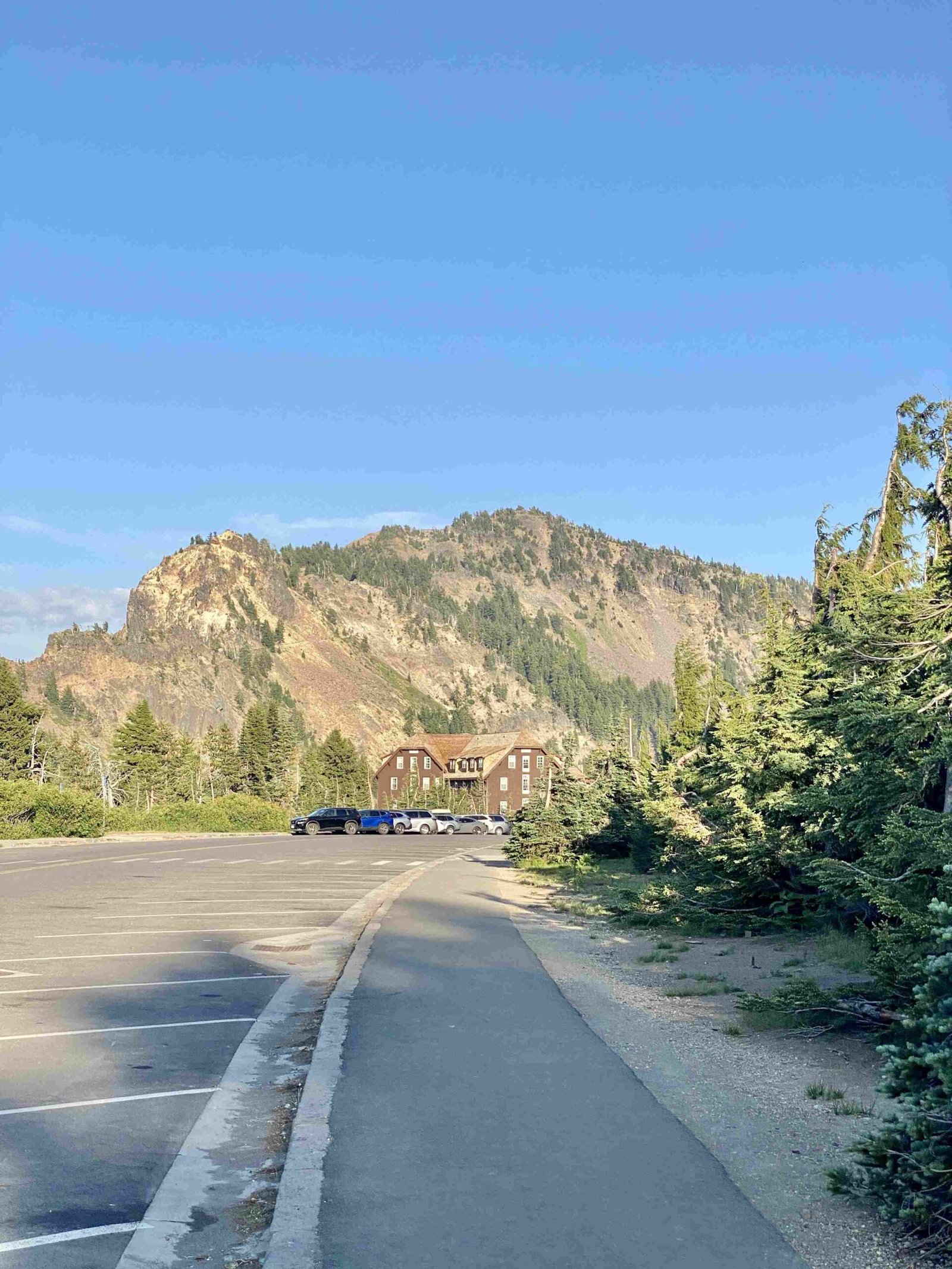Crater Lake National Park offers distinct experiences in summer and winter, each with unique attractions and challenges. This comparison explores the weather, activities, accessibility, and visitor statistics for both seasons, helping you decide the best time to visit based on your preferences. From warm, sunny days perfect for hiking and boating to snowy landscapes ideal for winter sports, Crater Lake’s seasonal variations provide diverse opportunities for visitors year-round.
What Are the Key Differences Between Summer and Winter at Crater Lake?

Weather and Precipitation
| Season | Temperature Range | Precipitation |
|---|---|---|
| Summer | 50°F to 80°F | 2-3 inches |
| Winter | 20°F to 40°F | 300-400 inches of snow |
Summer at Crater Lake brings warm temperatures, ranging from 50°F to 80°F, with occasional thunderstorms. Daytime highs can reach 85°F, but nights can be chilly, sometimes dropping to 30°F. It’s the dry season, with minimal precipitation averaging 2-3 inches from June to August.
In contrast, winter temperatures range from 20°F to 40°F, accompanied by significant snowfall. The park receives an average of 575 inches (48 feet) of snow annually, with snow depths often reaching 100 to 200 inches (8 to 16 feet). Seventy percent of the park’s annual precipitation occurs as snow from November through March.
How Do Visitor Numbers and Accessibility Differ Between Seasons?

Summer
- Peak visitor months: July to September
- Over 750,000 visitors in a typical year
- All park facilities, including visitor centers, campgrounds, and Rim Drive, are open and fully accessible
Winter
- Significantly fewer visitors
- North entrance and Rim Village remain open
- Some roads and trails may be closed due to snow
Summer sees the highest number of visitors, with over 750,000 people exploring the park, mostly concentrated from July to September. All facilities are open and accessible during this time, making it ideal for a wide range of activities.
Winter offers a more serene experience with fewer visitors. While the park remains open, some areas may be closed due to snow. The north entrance and Rim Village are typically accessible, but visitors should be prepared for potential road closures and limited facility hours.
What Activities Are Available in Each Season?
Summer Activities
- Hiking on all accessible trails
- Boating and swimming in the lake
- Guided tours and ranger-led programs
- Photography in clear, warm weather
- Wildflower viewing
Winter Activities
- Snowshoeing and cross-country skiing
- Snowmobiling on over 300 miles of groomed trails
- Winter wildlife observation
- Ranger-led snowshoe walks (less frequent than summer programs)
- Unique winter phenomena viewing (e.g., snow spiders, “watermelon snow”)
Summer offers a wide range of activities, taking advantage of the warm weather and full accessibility. Hiking is particularly popular, with trails like Cleetwood Cove and Rim Drive open for exploration. Boat tours and swimming provide opportunities to experience the lake up close.
Winter transforms the park into a snow-covered wonderland, ideal for winter sports enthusiasts. Marked and unmarked routes for snowshoeing and skiing are available, with popular areas including West Rim Drive and Vidae Falls on the East Rim Drive. Snowmobiling is also a major attraction, with over 300 miles of groomed trails accessible from the north entrance road and Annie Creek sno-park.
When Is the Best Time to Visit for Optimal Experiences?
Summer (July to September)
- Pros:
- Warm, clear weather
- Full access to park amenities
- Wide range of activities available
- Cons:
- Peak visitor season with larger crowds
- Higher accommodation prices
Winter (December to April)
- Pros:
- Unique snow-covered landscapes
- Fewer visitors, more serene atmosphere
- Winter sports opportunities
- Cons:
- Cold temperatures and heavy snowfall
- Limited accessibility and facility hours
The best time to visit depends on your preferences. For warm weather and full access to park amenities, July to September is ideal. However, if you prefer fewer crowds, consider May and June. Winter visits from December to April offer a tranquil atmosphere and winter sports opportunities, but require preparation for cold weather and potential road closures.
What Logistical Aspects Should Visitors Consider for Each Season?
Summer Logistics
- Parking is generally available, with all roads open
- Shuttle services may be offered during peak months
- All facilities and trails are accessible, but prepare for potential crowds
- Visitor centers, campgrounds, and amenities operate regular hours
Winter Logistics
- Limited parking at Rim Village
- Some roads may be closed; snow tires recommended
- North entrance and Rim Village remain open, but some trails closed
- Reduced facility hours; check the park’s website for updates
Summer visitors can expect full accessibility but should be prepared for crowds, especially in July and August. Winter visitors need to be more flexible, as snow conditions can affect road access and facility hours. Always check the park’s official website for the most up-to-date information on closures and conditions before your visit.
Crater Lake’s seasonal variations offer unique experiences throughout the year. Whether you prefer the warm, active summers or the serene, snowy winters, understanding these seasonal differences will help you plan the perfect visit to this natural wonder.
References:
1. Crater Lake Institute: Weather and Climate at Crater Lake
2. Action Tour Guide: The Best of All Times to Visit Crater Lake National Park
3. Discover Klamath: How to Experience Winter at Crater Lake National Park

